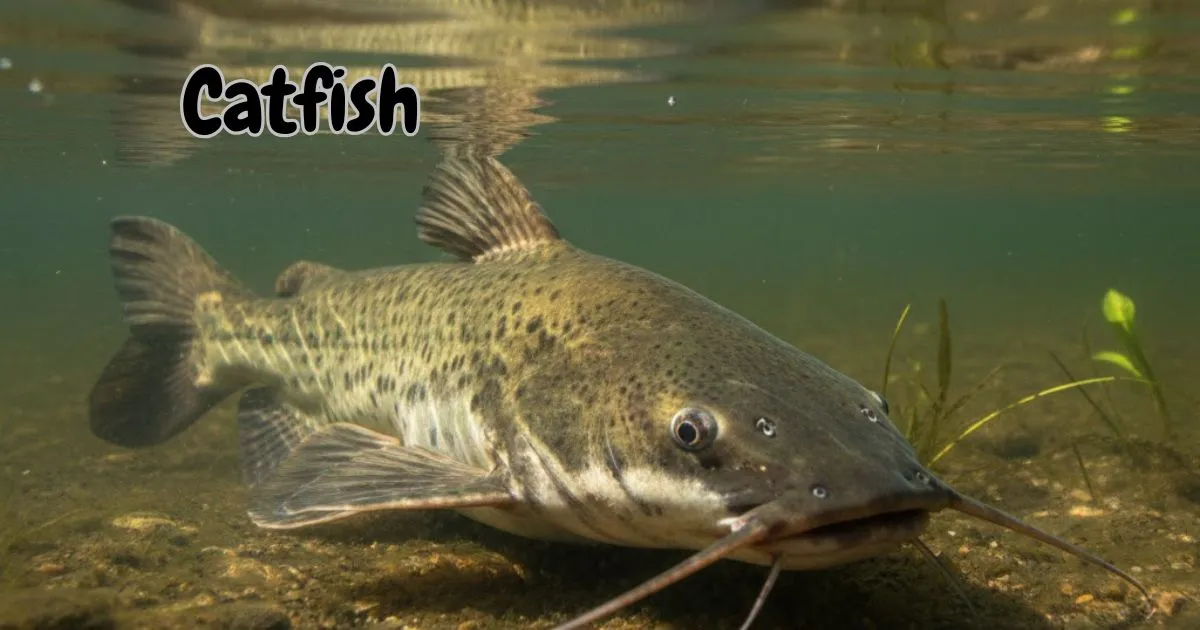The Allure of Catfish Across Hobbyists and Anglers
If you’ve ever wondered what makes catfish so popular, you’re not alone. Whether you’re an aquarium lover or a fishing enthusiast, catfish are some of the most fascinating and loved freshwater fish out there. They come in many shapes and sizes, with unique personalities and roles, whether it’s cleaning your aquarium or fighting for the catch of a lifetime. This ultimate guide will help you get up close and personal with popular catfish species, their care, and fishing tips, all explained in a friendly way that even a 10 year old could grasp. So, let’s dive in and explore the world of catfish together!
Popular Catfish Species Breakdown: Aquarium and Fishing Perspectives
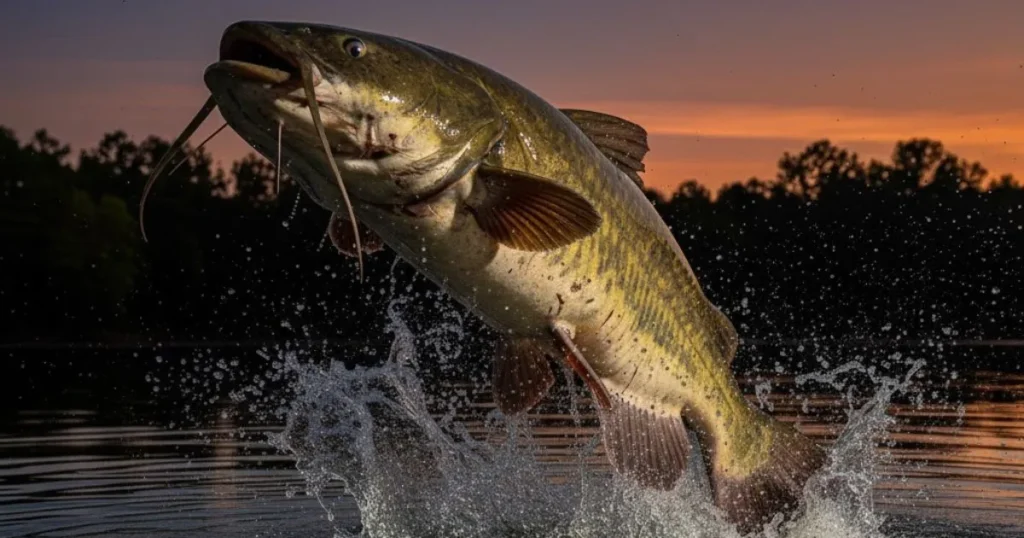
Catfish aren’t just catfish; they belong to many species, each with special traits. For aquarium lovers, species like Corydoras, Bristlenose Pleco, and Otocinclus catfish are famous for their calm nature and algae eating talents. For anglers, species like Blue Catfish and Channel Catfish take the spotlight for being tough, large, and thrilling to catch. Knowing the differences helps you pick the perfect catfish, whether you’re setting up a community tank or planning a fishing trip. Next, let’s focus more closely on aquarium friendly species and their needs.
Essential Aquarium Catfish Species and Their Unique Needs
Let’s talk about popular aquarium catfish that quietly work hard at the bottom of your tank. Corydoras Catfish, often called ‘Cories,’ are small, peaceful schooling fish that keep your tank clean by scavenging leftover food. The Bristlenose Pleco is another superstar, a friendly algae eater that doesn’t grow too big, making it perfect for medium sized tanks. Otocinclus catfish are tiny algae grazers loved in planted tanks because they’re gentle on plants and keep algae in check. Kuhli Loaches resemble tiny eels as they glide across the tank floor, adding charm and assisting with the cleanup of leftover food. Lastly, the active and spotted Pictus Catfish brightens up big tanks and brings playful energy.
Angler Favorites: Top Catfish Species and How to Catch Them
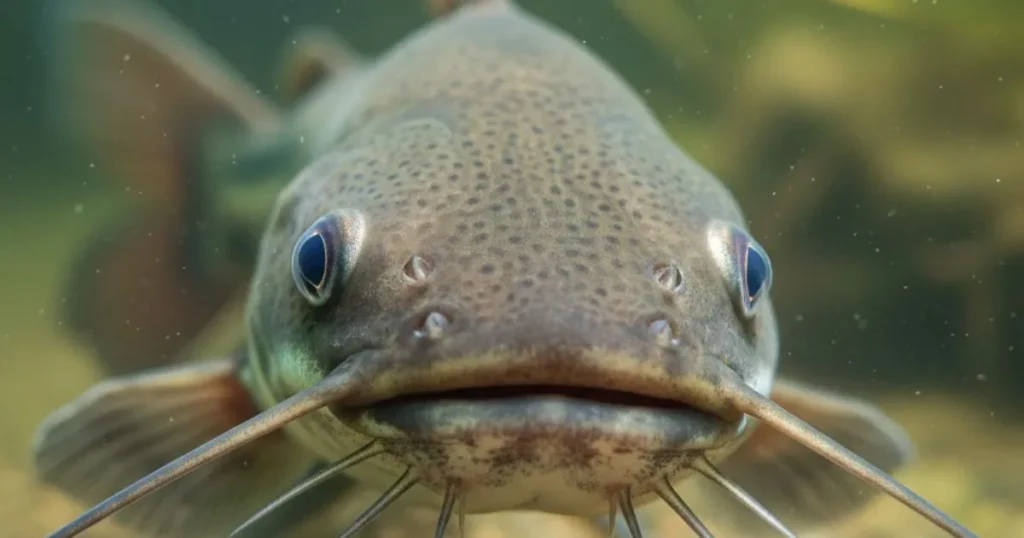
For fishing fans, catfish offer a thrilling challenge. The Blue Catfish, known for its impressive size and strength, is a favorite trophy fish found in big rivers. Channel Catfish are widespread and loved due to their versatility and willingness to bite just about any tasty bait. Flathead Catfish are solitary hunters with a flat head and can grow huge, providing a tough fight for anglers. Synodontis Catfish, often called upside down catfish, are fascinating species that anglers appreciate for their unique swimming style. Learning tips on how to catch these species, such as the best baits and fishing methods, can make your fishing adventure much more successful.
Read More: Peacock Eel Care & Species Profile: A Comprehensive Guide
Setting Up the Perfect Catfish Aquarium: Step by Step Guide
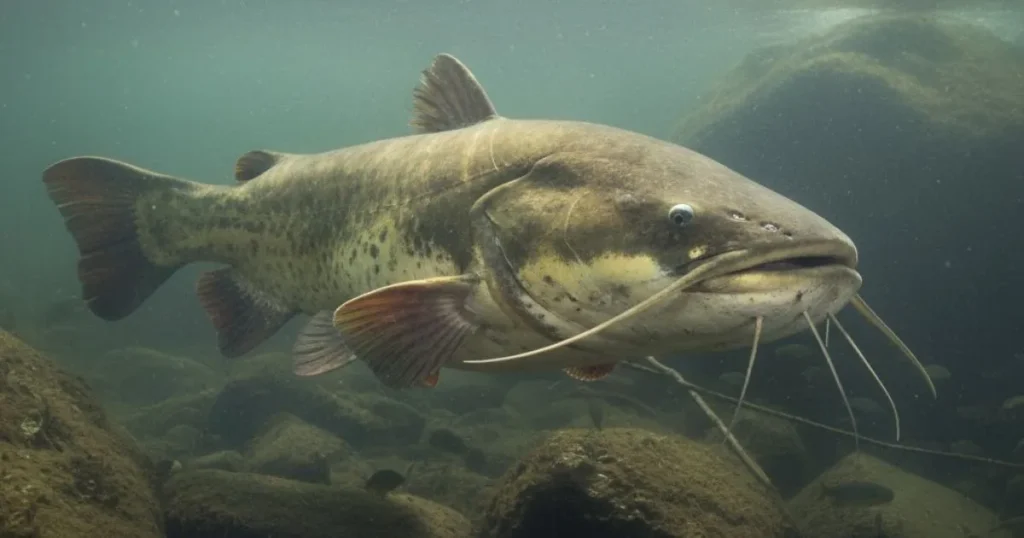
Creating a home for your catfish isn’t as tricky as it sounds. First, choose a tank size suitable for the species. Small catfish like Corydoras can live comfortably in tanks as small as 20 gallons, but big species like Pictus need more space. Add soft substrate like sand or smooth gravel for their sensitive barbels (those whisker like feelers). Make sure to include hiding spots such as caves or plants because catfish love feeling secure. Keep the water clean and stable with proper filtration and regular water changes. Remember, different species have different requirements, so always double check your catfish’s needs for temperature and pH balance.
Compatibility: Which Fish Coexist Best with Catfish?
Catfish usually get along well with other peaceful fish, but choosing the right tank mates is important. Corydoras do best in schools and enjoy the company of gentle fish like tetras and guppies. Bristlenose Plecos are solitary but peaceful and don’t bother most tank neighbors. Avoid aggressive or very active fish because they can stress catfish. Also, hardy fish that won’t nip on a catfish’s delicate fins are great companions. When in doubt, a well planned community tank ensures everyone stays happy.
How Do You Identify and Classify Different Catfish Species?
Identifying catfish species can be fun because they have so many looks! Check their size, shape, color, and patterns. For example, Blue Catfish have smooth blue gray skin and a long tail fin, while Channel Catfish often have black spots on a lighter body. Corydoras are tiny and come in various colors with armored plates. Paying attention to fin shape and barbel length also helps. There are great online guides and apps that can help you match your catfish with its proper species name in no time.
Unveiling Lesser Known Catfish Species Worth Considering
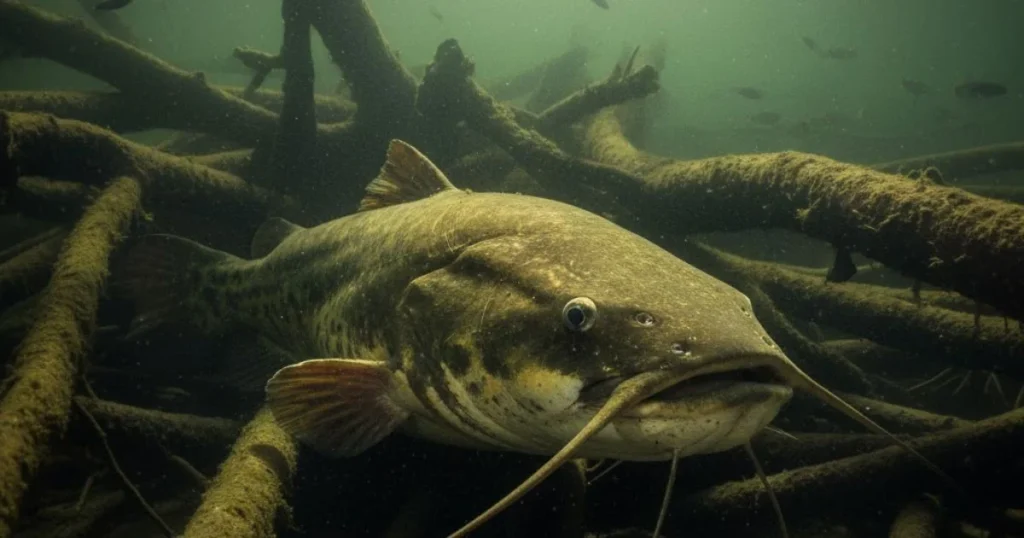
Besides the popular ones, there are plenty of hidden gems in the catfish family. Species like the Glass Catfish have transparent bodies that make them look magical as they swim. The Zebra Pleco is a beautiful striped fish prized for its rarity. These lesser known catfish often offer unique looks and behaviors, great for aquarists who want to stand out. Just remember, they might have special care needs, so do your homework before adding one to your tank.
What Are the Best Practices for Catfish Breeding in Captivity?
Breeding catfish can be a rewarding challenge. Most aquarium catfish species breed in soft, slightly acidic water. Creating plenty of hiding spots and mimicking seasonal changes, like water temperature, helps trigger breeding behaviors. Some, like Corydoras, lay eggs on flat surfaces or plants, while others hide their eggs in caves. It’s important to separate the parents afterward to protect the babies. If you enjoy watching life begin, breeding catfish can give you front row seats to nature’s magic.
Feeding Strategies for Freshwater Catfish: From Fry to Adult
Feeding your catfish right keeps them healthy and happy. Most popular aquarium catfish love sinking pellets, algae wafers, and fresh veggies like zucchini or cucumber slices. Some are opportunistic eaters and will happily accept frozen or live foods like bloodworms. Feeding small amounts twice a day is better than one big meal. When catfish are young (fry), they need tiny and frequent meals specially made for baby fish. Overfeeding can dirty the tank and harm your fish, so stay balanced.
How Can Catfish Help Maintain Aquarium Cleanliness?
One great reason to love catfish is their natural cleaning power. Many species, especially algae eaters like Bristlenose Plecos and Otocinclus, munch away on algae that otherwise would overrun your tank. Bottom dwellers like Corydoras snatch up uneaten food from the substrate before it rots. Their scavenging helps keep tanks tidy and water clearer. But remember, catfish alone can’t replace regular tank cleaning and water changes. They’re teammates, not miracle workers.
In Depth: Catfish Behavior and Social Structures
Catfish display some pretty interesting behavior patterns. Some are social, schooling in groups (like Corydoras), while others prefer solitude (like the Flathead Catfish). They use their barbels to “feel” around in the dark or murky water, searching for food. Catfish are mostly nocturnal, bustling with activity when the lights go out. Understanding these behaviors helps aquarists and anglers treat them right and enjoy their natural quirks.
Common Health Issues and How to Prevent Them in Catfish
Like any pet, catfish can catch bugs and get sick. Watch out for signs like clamped fins, white spots, or unusual swimming. Common problems include fungal infections, parasites, and poor water quality effects. Prevention is easier than cure: keep the water clean, don’t overcrowd the tank, and feed balanced diets. Quarantining new fish before adding them to your tank also helps stop illness spread. Early attention keeps your catfish swimming strong.
Ethical Angling: Sustainable Catfish Fishing in 2025
Fishing for catfish is thrilling, but it’s important to keep it sustainable. Follow local laws, use proper catch and release techniques, and avoid overfishing popular spots. Respect the fish and the environment by using environmentally friendly tackle and avoiding damaging habitats. Sustainable fishing means future generations get to enjoy the same fishing fun.
FAQs
What size tank do I need for popular catfish species?
Most small aquarium catfish, like Corydoras, need at least a 20 gallon tank, especially because they like swimming in groups of six or more. Larger species like Pictus Catfish or Bristlenose Plecos require bigger tanks, around 30 gallons or more, to thrive comfortably.
Can different catfish species live together peacefully?
Yes, many peaceful species, such as Corydoras, Otocinclus, and Bristlenose Plecos, coexist well in community tanks. However, larger or territorial catfish like Flathead can be aggressive, so it’s best to research compatibility before mixing species to avoid fights.
How often should I feed my catfish, and what do they eat?
Feed your catfish small amounts twice a day with sinking pellets, algae wafers, and occasional veggies like cucumber slices. Young catfish (fry) need tiny, frequent meals. Avoid overfeeding to keep the tank clean and your fish healthy.
How do I identify different catfish species in my aquarium?
Look at size, body shape, coloration, and fin patterns. For example, Blue Catfish are large and blue gray, while Corydoras are small with armored plates. Barbels (whiskers) length and fin shape also help distinguish species.
What are the most common health problems in catfish, and how can I prevent them?
Common issues include fungal infections and parasites, often caused by poor water quality or stress. Prevent these by maintaining clean water, avoiding overcrowding, feeding balanced diets, and quarantining new fish before adding them to the tank.
Conclusion: Optimizing Your Catfish Experience
Catfish truly are remarkable fish for both aquarium lovers and anglers. From the peaceful little Corydoras cleaning your tank to the powerful Blue Catfish thrilling you on the fishing line, each species brings something unique. By understanding their species differences, care needs, behaviors, and ethical ways to enjoy them, you’re set for a rewarding catfish adventure. Ready to pick your favorite and dive in? Your perfect catfish experience awaits!
